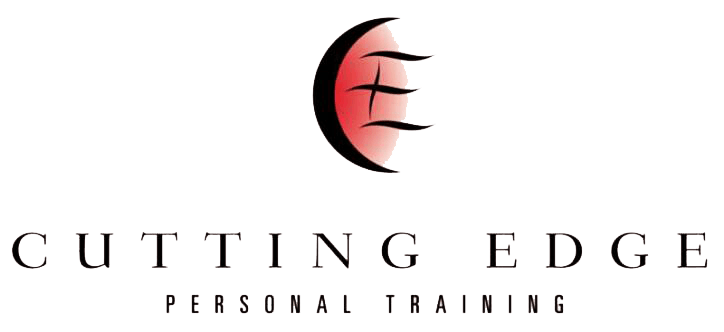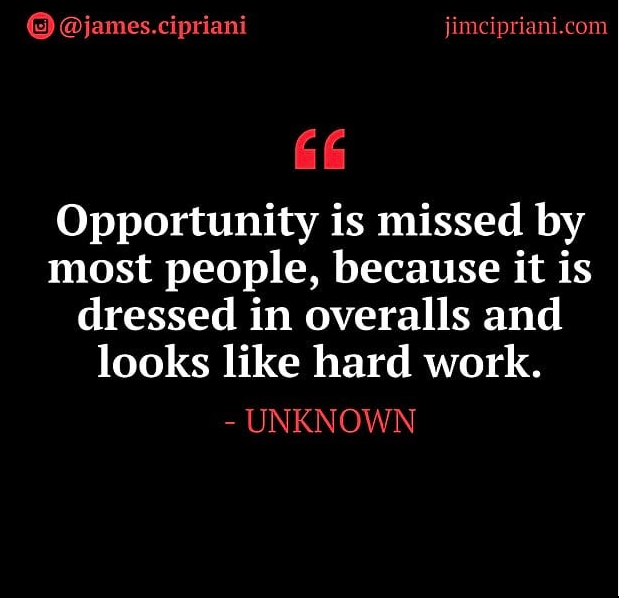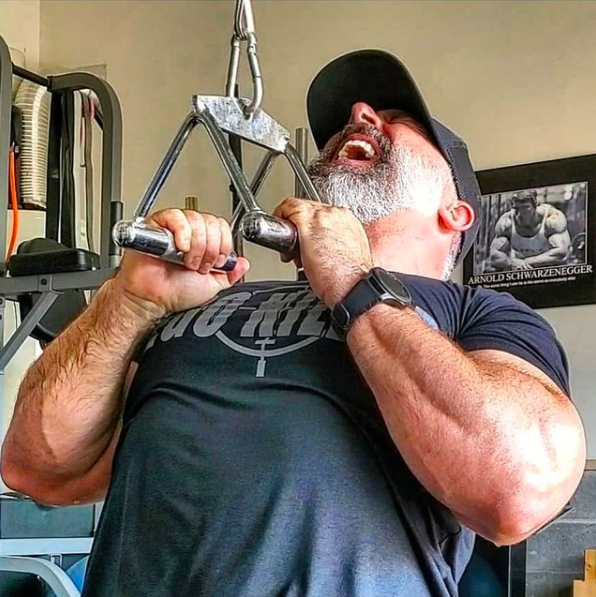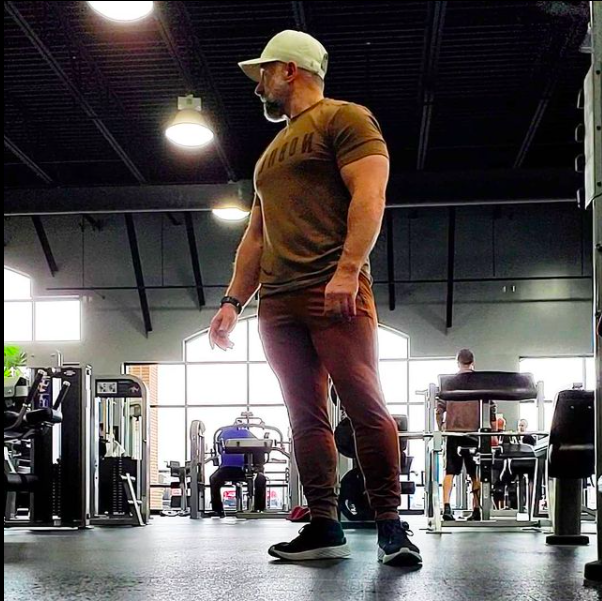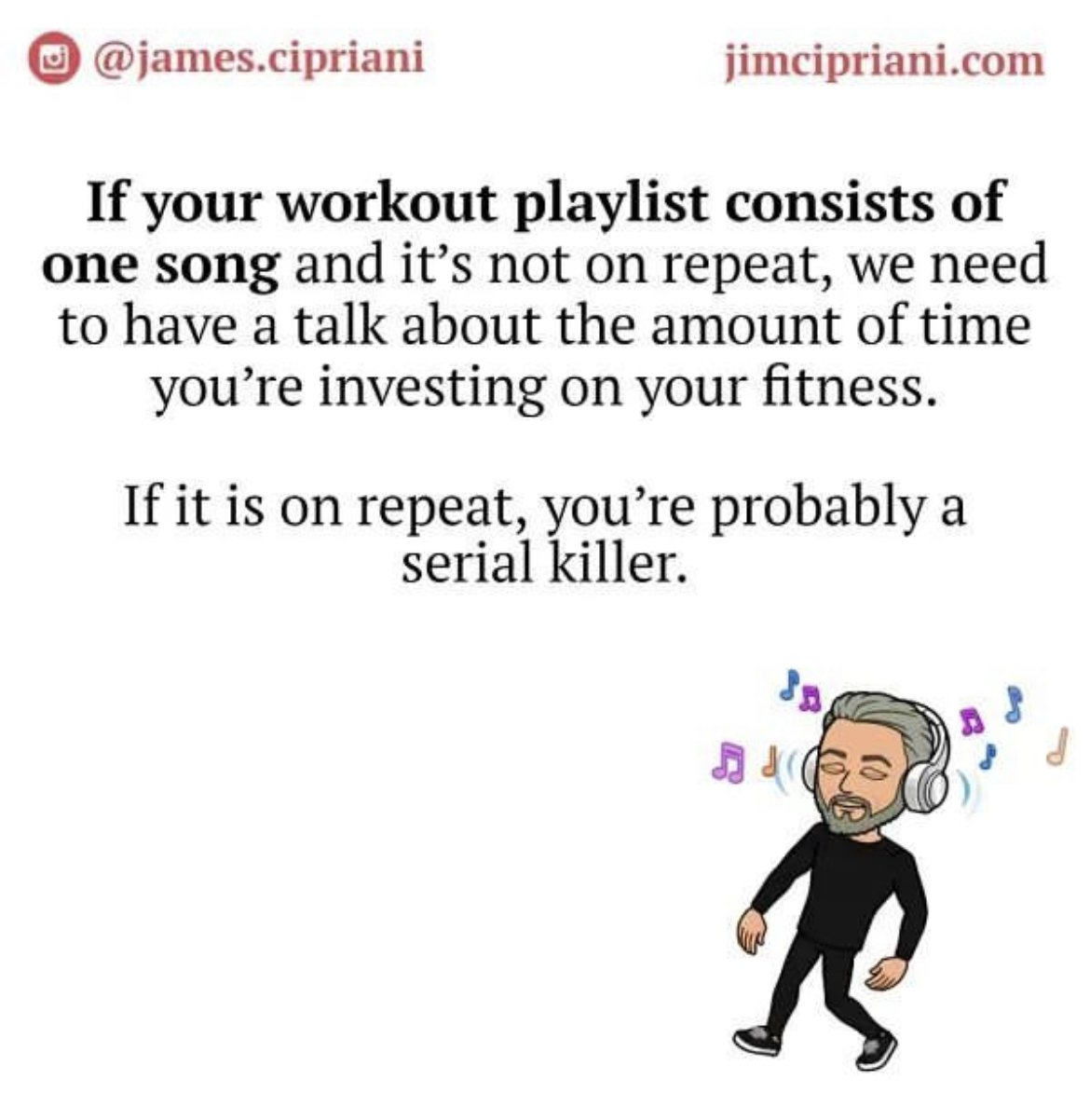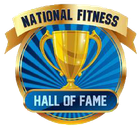May 2, 2025
A Guide from a Personal Trainer in Nashville Functional training originally focused on improving real-life movement patterns like lifting, climbing, and carrying. Today, however, the term is often misused. In this guide, Coach Jim—a leading personal trainer in Nashville —breaks down what functional training really means, clears up common myths, and shows you how to build workouts that truly improve strength, mobility, and everyday performance. The Real Origins of Functional Training Functional training started in rehabilitation settings. Physical therapists needed to help patients regain the ability to perform daily tasks—getting up from chairs, climbing stairs, carrying groceries—safely and independently. From there, the concept moved into strength and conditioning , especially for athletes. Coaches began designing programs that mimicked the movements, speeds, and forces encountered in sport, believing that exercises should reflect the demands athletes face outside the gym. It made sense: real-world movement is multi-planar, integrated, and often performed under load or fatigue. Training that mirrors those challenges better prepares people for life outside the gym—a philosophy I bring to my personal training Nashville programs. Where It Went Wrong Fast forward to today, and "functional training" is so watered down it’s almost meaningless. You'll hear it attached to bootcamps, TikTok trends, and group fitness classes that may or may not have any real connection to improving real-life function . Here’s the problem: ➔ Functional for whom? ➔ Functional for what purpose? A competitive powerlifter needs a different kind of "functional" than a 70-year-old wanting to garden pain-free. A baseball pitcher needs different movement skills than a new mom recovering from back pain. Without context, "functional training" becomes vague, subjective, and often misleading—even for people searching for fitness training in Nashville today. Principles Over Buzzwords Rather than asking is this functional training?, it’s better to ask: Does this follow good training principles? Here’s what matters: Specificity: Does it target the movement patterns, energy systems, and qualities the person needs? Transferability: Will the adaptations carry over to real-world tasks, sports, or injury resilience? Progressive Overload: Is it challenging enough to promote strength and adaptation over time? Movement Quality: Does it reinforce good mechanics, posture, and control? Individualization: Is it tailored to the person’s needs, abilities, and goals? If a program checks these boxes, it's functional —no matter what it’s called. This is the exact approach I use with my Nashville personal training clients —focusing on principles that deliver real-world results, not gimmicks. Common Misconceptions About Functional Training Let’s clear up a few myths that still float around: Myth #1: Machines aren’t functional. Machines can be incredibly useful, especially for early rehab or hypertrophy-focused phases. They allow targeted loading without high stability demands—which can support real-world function depending on how they’re used. Myth #2: More instability = more function. Training on BOSU balls and wobble boards has its place (think ankle rehab or proprioception drills). But constantly destabilizing exercises? Not necessary. Most life (and sports) happens on stable ground. Stable surfaces allow better loading, strength gains, and neuromuscular coordination—what I emphasize in all my personal training Nashville TN programs. Myth #3: Functional training avoids heavy lifting. Quite the opposite. Functional training often involves lifting heavy—because strength matters for almost everyone. Farmers need grip strength. Athletes need power. Older adults need the ability to carry groceries or get off the floor. Load isn’t the problem. Poor application is. So, Should We Keep the Term "Functional Training"? The term can still have value—if it's clearly defined and applied correctly. At its best, it reminds us that training should serve a purpose beyond just aesthetics. It emphasizes integrated movement patterns, core control, joint stability, and real-world carryover—principles central to Nashville fitness training done the right way. But without that context? It's just another buzzword. The smarter move: Zoom in on function for the individual. A mother managing back pain needs different patterns than a CrossFitter chasing PRs. A retiree rehabbing a knee needs different strength work than a semi-pro athlete. Good training doesn’t chase trends. It meets the person where they are—and builds from there. Final Thoughts Functional training started with a powerful goal: ➔ Help people move better , live better , and perform better . But over time, its meaning has been blurred by trends, marketing, and misapplication. Today, smart training isn’t about chasing trends. It's about asking better questions: Is this training functional for the client’s real-world needs?

